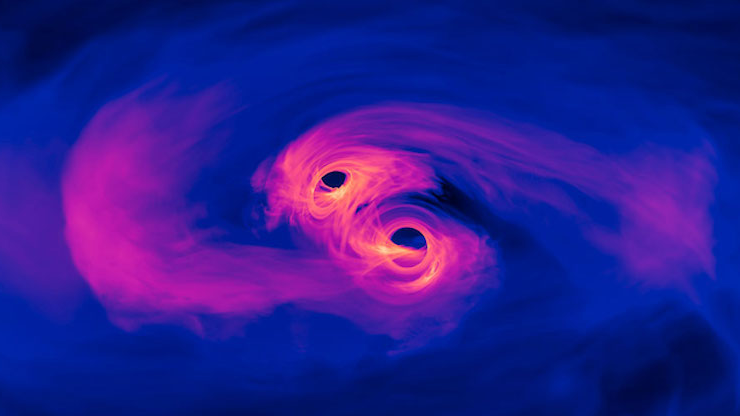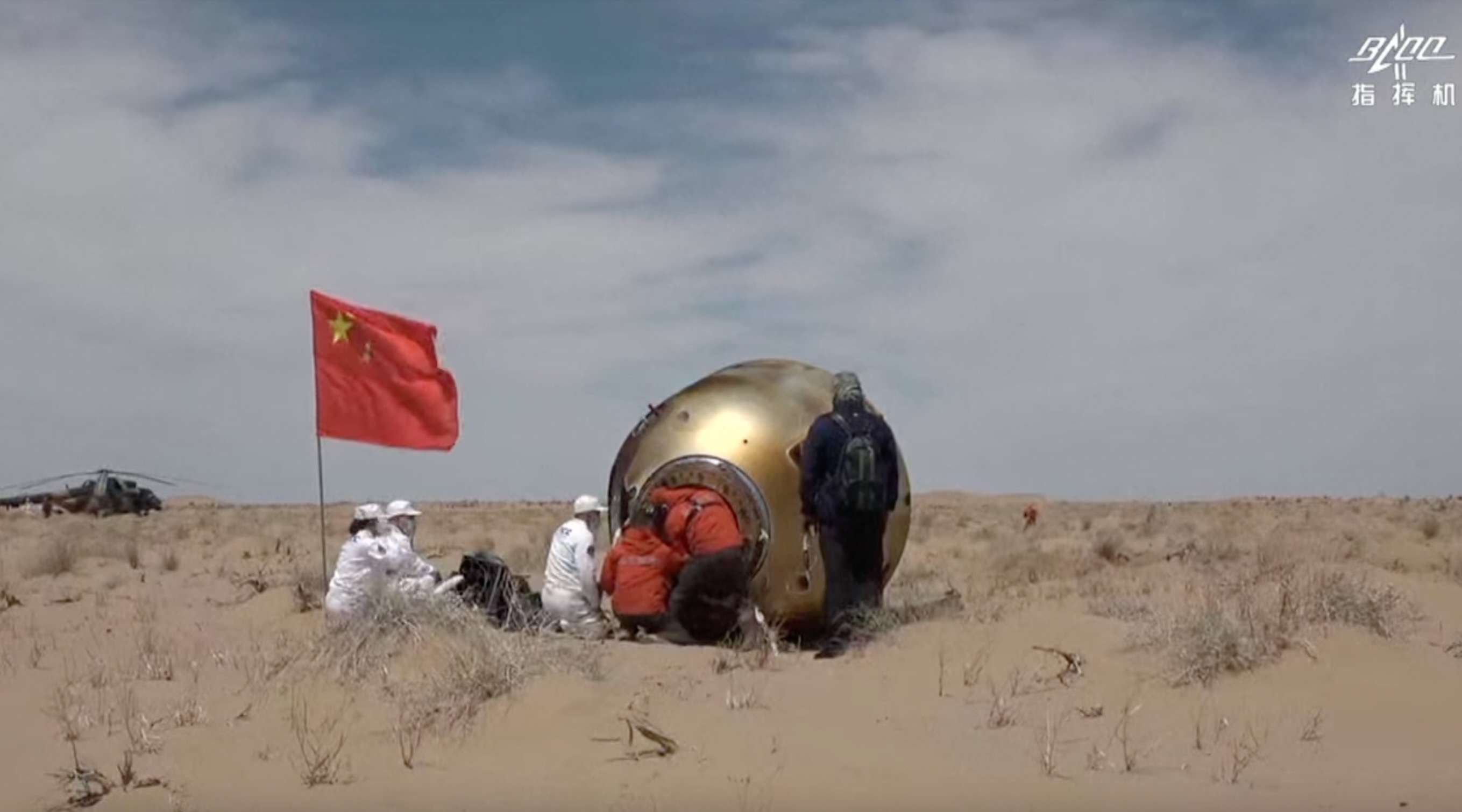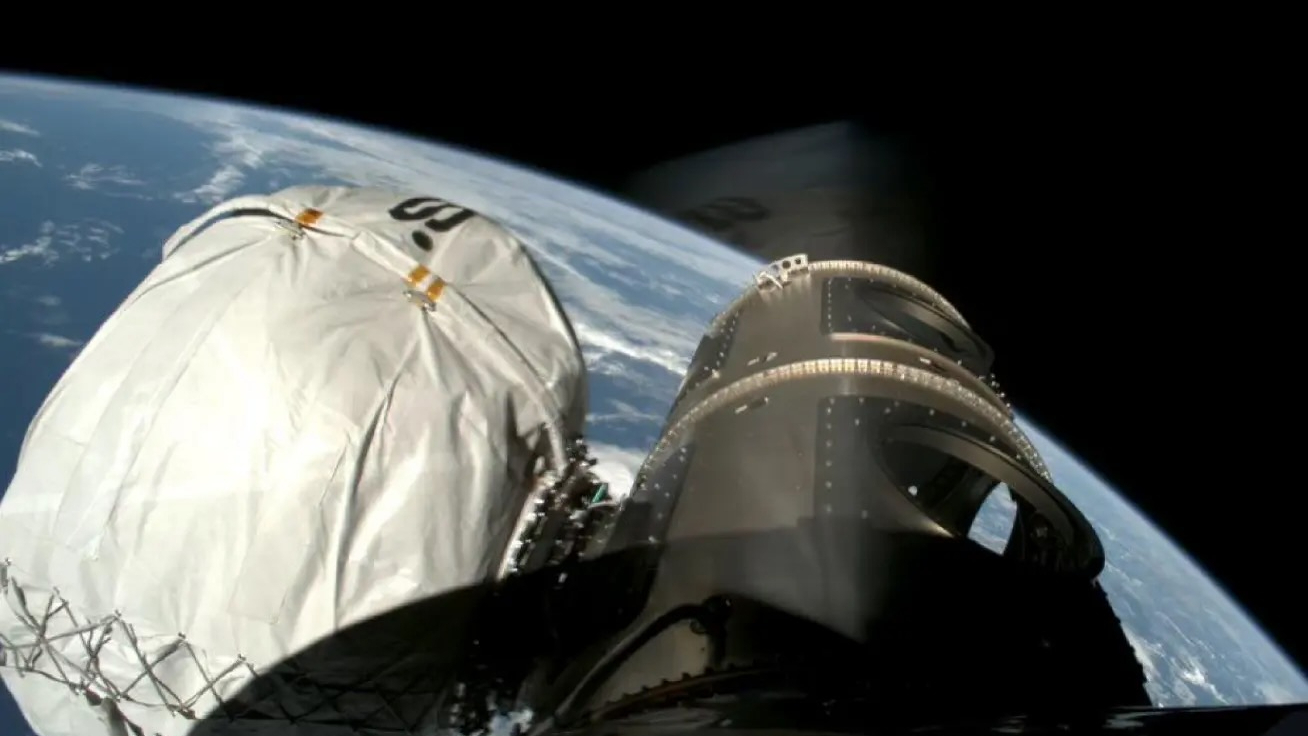Space Dragon Soars! Photos From SpaceX's First Space Capsule Demo Flight
The spaceflight company Space Exploration Technologies, orSpaceX, launched the world's first commercial space capsule into orbit andreturned to Earth today in a huge leap forward for California-based company, privatespaceflight and NASA's plan to rely on such spacecraft in the future.
SpaceX's first Dragonspace capsule, as it is known, blasted off from Cape Canaveral Air ForceStation in Florida at 10:43 a.m. EST (1543 GMT) today (Dec. 8), completed twoorbits around Earth and then splasheddown in the Pacific Ocean 500 miles (nearly 804 km) off the coast of Mexicoto end what appears to be a successful demonstration flight. Here's a look at the mission in photos:

Enter the Dragon: On Dec. 8, 2010, SpaceX joined a realm previously only occupied by national space agencies when it launched the private Dragon spacecraft into orbit and returned it to Earth successfully. Here, NASA photographer Alan Ault snaps a photo of SpaceX's Falcon 9 rocket as it roars from a seaside launch pad at Cape Canaveral Air Force Station in Florida carrying the first Dragon space capsule.

LIFTOFF! SpaceX's 18-story Falcon 9 rocket - only the second ever launched by the company - launches toward space carrying the company's first Dragon spacecraft. A camera mounted on the rocket shows the view below as it soars into orbit. [Video of the Dragon spacecraft launch]

What a View: SpaceX's Falcon 9 rockets are two-stage rockets, with the second stage carrying the Dragon spacecraft in its nose cone. Here, a camera on the second stage shows the Earth far below as the rocket soared toward orbit. The first stage separated and fell into the Atlantic Ocean.

A Space Dragon: A pivotal moment in SpaceX's first Dragon flight was spacecraft separation, shown here in a video still from the company's mission webcast. Dragon spent only a few hours flying on its own before re-entering Earth's atmosphere as planned. [INFOGRAPHIC: Inside Look at SpaceX's Dragon Capsule]

Flying Alone: Once the Dragon spacecraft was flying alone in space, it was time to record the view. This photo was released by SpaceX while Dragon was still in space. It shows the view from a camera mounted in the spacecraft's circular window.
Get the Space.com Newsletter
Breaking space news, the latest updates on rocket launches, skywatching events and more!

Hang Time: SpaceX's first Dragon spacecraft dangles under its three main parachutes just before splashing down in the Pacific Ocean about 500 miles west of Mexico to complete its maiden test flight on Dec. 8, 2010. SpaceX CEO Elon Musk said the landing almost a bull's eye, with the Dragon capsule splashing down just 10 miles away from its target zone.

SPLASHDOWN! After completing two orbits around Earth, SpaceX's Dragon spacecraft splashed down as planned in the Pacific Ocean. Here, a recovery boat closes in on the private space capsule.
Photos From Before Launch

A Private Mission Control: While SpaceX launches spacecraft from Cape Canaveral Air Force Station and the Kwajalein Atoll in the Pacific (flights from California's Vandenberg Air Force Base are also planned), the company is based in Hawthorne, Calif., which is home to its version of Mission Control. SpaceX CEO Elon Musk was at the company's mission control center for the launch.

Gumdrop Space Dragon: In the SpaceX hangar at Cape Canaveral, the Dragon spacecraft prepares for integration with the Falcon 9 launch vehicle. Visible at the base of the spacecraft is Dragon?s heat shield, made of PICA-X, the SpaceX manufactured variation on NASA's Phenolic Impregnated Carbon Ablator (PICA) heat shield material.

In the Dragon's Belly: Even when outfitted with the full cargo storage system,Dragon has plenty of room. Visiting NASA astronauts Cady Coleman and ScottKelly discuss spacecraft cargo operations with SpaceX engineers. Bothexperienced space travelers, Cady and Scott are scheduled for upcoming missionsto the International Space Station.

The Long View: Space's Dragon spacecraft fly on Falcon 9 rockets like this one shown in the company's hangar in Cape Canaveral, Florida. The rockets have two stages and rely on a liquid oxygen and kerosene propellant.

Parachute Test: The Dragon space capsules use drogue parachutes to slow down after re-entering Earth's atmosphere, then three main chutes for the final trip to splashdown. Here, the three main parachutes are seen as the Dragon spacecraft descends to the Pacific Ocean during an Aug. 12, 2010 drop test from an altitude of 14,000 feet in this photo from the company's photographer Chris Thompson

Astronaut Customers: When SpaceX sends unmanned Dragon cargo ships to the International Space Station, astronauts and cosmonauts will have to pluck the vehicle from space using the station's robotic arm and then unpack it. They may even eventually ride into space on a seven-person version of Dragon, which SpaceX is also planning. Here, visiting astronauts Akihiko Hoshide from Japan, and NASA astronaut Sunita Williams in front of the full size Dragon model spacecraft.

Ocean Splashdown Test: Before SpaceX's successful Dec. 8, 2010 launch of a Dragon capsule into space, the company dropped one into the Pacific ocean to practice recovery operations. Here one of three recovery boats approaches Dragon spacecraft after it has completed its descent as seen by SpaceX photographer Chris Thompson.

Dry Land Again: This photo shows how SpaceX removes Dragon spacecraft from its recovery ship to return it to dry land. Eventually, SpaceX may choose to reuse Dragon capsules, instead of flying them once like all other space capsules flown to date. This photo, taken by SpaceX's Chris Thompson, shows the Dragon capsule after its August 2010 splashdown tests.
- Millionaire's Private Space Capsule Splashes Down After Successful Maiden Voyage
- INFOGRAPHIC: Inside Look at SpaceX's Dragon Capsule
- Gallery: Photos of the Dragon Space Capsule, Dragon Video
- Top 10 Private Spaceships Becoming Reality
Join our Space Forums to keep talking space on the latest missions, night sky and more! And if you have a news tip, correction or comment, let us know at: community@space.com.

Tariq is the Editor-in-Chief of Space.com and joined the team in 2001, first as an intern and staff writer, and later as an editor. He covers human spaceflight, exploration and space science, as well as skywatching and entertainment. He became Space.com's Managing Editor in 2009 and Editor-in-Chief in 2019. Before joining Space.com, Tariq was a staff reporter for The Los Angeles Times covering education and city beats in La Habra, Fullerton and Huntington Beach. In October 2022, Tariq received the Harry Kolcum Award for excellence in space reporting from the National Space Club Florida Committee. He is also an Eagle Scout (yes, he has the Space Exploration merit badge) and went to Space Camp four times as a kid and a fifth time as an adult. He has journalism degrees from the University of Southern California and New York University. You can find Tariq at Space.com and as the co-host to the This Week In Space podcast with space historian Rod Pyle on the TWiT network. To see his latest project, you can follow Tariq on Twitter @tariqjmalik.









